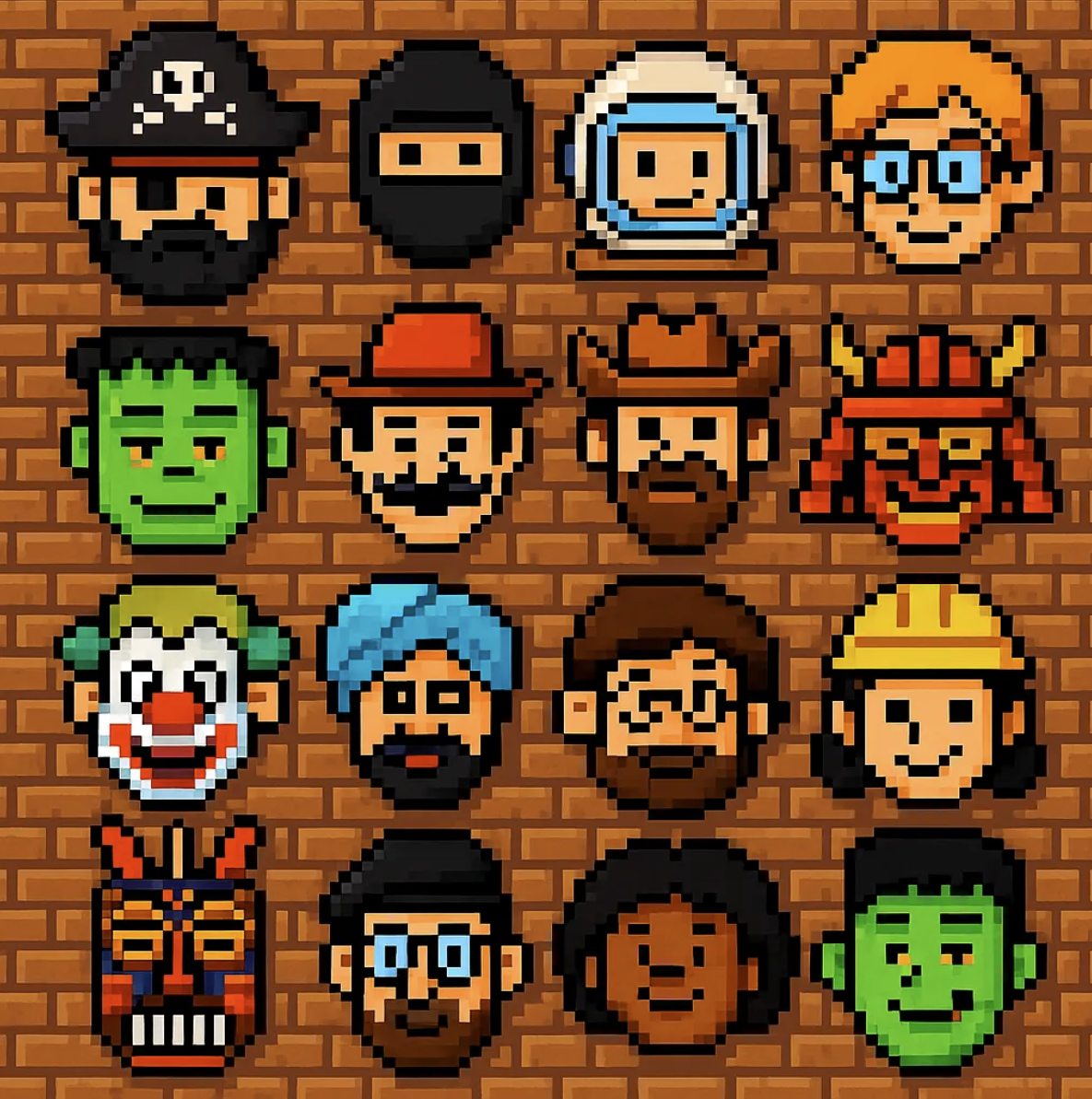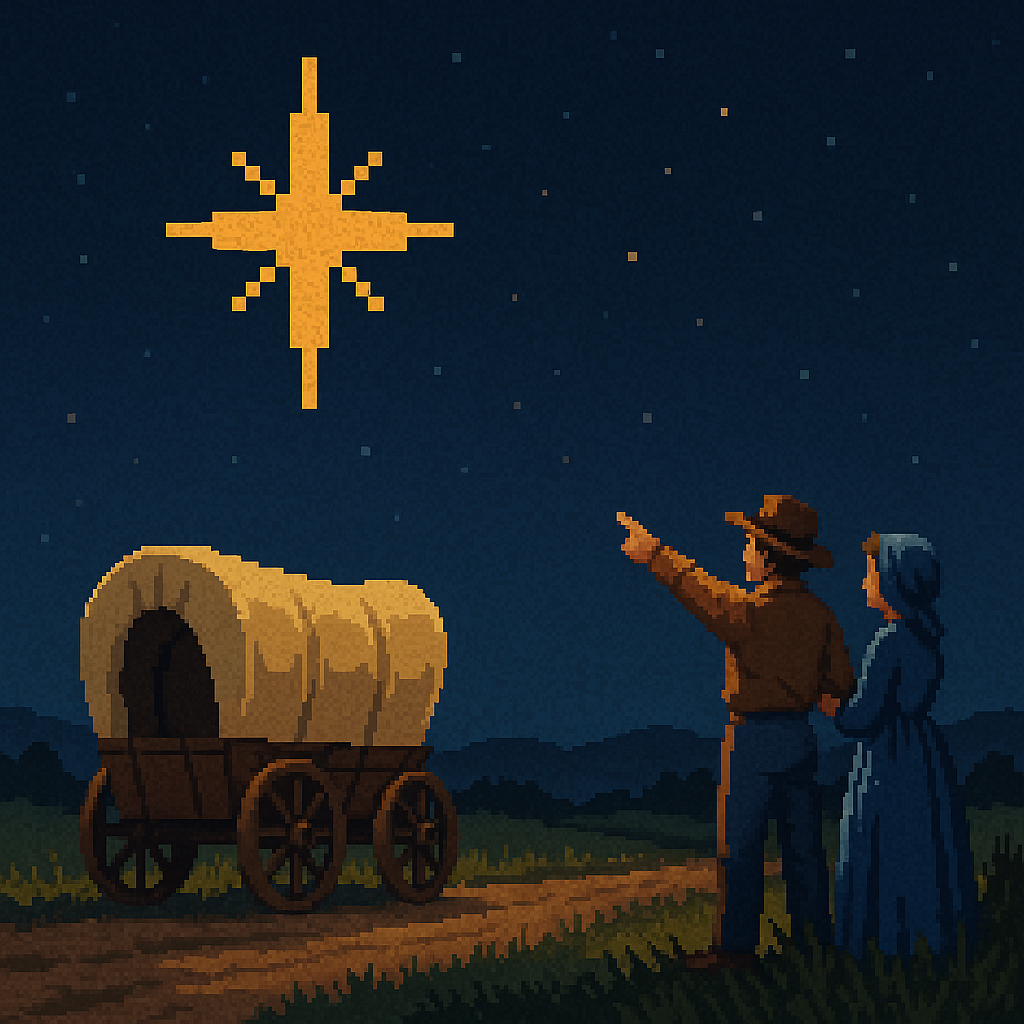
Every recurring revenue business alive is trying to reduce its churn.
The best advice overall is that churn has to be fought as early as possible in the user's lifecycle. The better that you are at getting users to adopt your product and see the value quickly, the lower your churn will be.
That said, there are some tactics that you should be aware of and that do work in some scenarios.
Understanding the “Natural” Length of a Problem
All products are built to solve a problem/need that a person or a business has.
If there was a “golden” rule of subscription businesses, it's that your customer won’t use your product longer than their problem exists.
The longer that they experience the problem, the longer they will use your product.
In the world of consumer products, there are only a handful of things that people will do for more than a year.
Things like eat healthy, stay in shape, learn German, start meditating, etc. These are all things that 90% of people will either accomplish or give up on within 3-9 months.
Things that will happen for more than a year: rent a home, pay for electricity, watch something entertaining at night, etc. These are all things that people need to do for a long time.
The same logic applies to B2B companies, they need cloud hosting for their product a lot longer than they need a place to hold drinks for the team.
How this Your Impacts Revenue
The revenue of a subscription product breaks down to:
[How many subscribers you have] x [the LTV of those subscribers]
Break that into the period you’re in (e.g. monthly, quarterly, etc) and you have your revenue.
This can either mean that they pay you a lot for a short period of time or that they pay you a little over a long period of time.
If you were to break these types of businesses into 4 groups, it would look like this.

High LTV, Large Use Base: These are the “mega businesses”, if you look at a city’s skyline, these are the people who own the tall buildings. Mortgages, utilities, loans, financing products, streaming entertainment, these are things that most people will buy that are really expensive and/or they will use for a long, long time.
High LTV, Small User Base: These are profitable niche tools that don’t have a lot of potential customers but make a lot of money. GeoLogic Systems is a company that does data visualization and tools for oil and gas exploration. They probably have under 100 customers, however these customers pay a lot and stay around for a long time.
Low LTV, Large User Base - These are products that have a shorter lifecycle, but are widely used and can become big businesses. I would put Codecademy and the other Ed Tech companies in this category, as well as most subscription e-commerce products. The LTV of a “normal” user is in the $100-300 USD range, but you can get a lot of them.
Low LTV, Small User Base - This is the “Zone of Death”, thousands of first-time entrepreneurs and MBA students have built products that died here. Do not build products here.
Depending on the group that your product is in, you’ll have to fight churn differently.
The Types of Churn
Churn breaks down into 2 broad categories and you need to treat these differently:
“Happy” churn - Users who came to your product to solve a problem, your product worked, and now they are leaving happily.
“Unhappy” churn - Users who didn’t get their problem solved and are leaving unhappily.
Within the “unhappy” churn, there are generally 5 core reasons that people will leave:
I no longer need this: Something changed in my life or circumstances which means I don't need this anymore. This would be a user who used to get groceries delivered when they lived in a city, but now they live in the suburbs and prefer to drive to pick them up.
Something went wrong technically - Typically called “unintentional” churn. These are things like payment failures, technical problems, etc. I personally used to love my Whoop fitness tracker, however, the 3.0 version couldn't connect to my phone, and I canceled.
I am just giving up - I thought I could lose weight and I think that that I can’t. e.g - I wanted to learn guitar, but I am frustrated and stopping. You could consider this a failure of the product, the user's motivation, or both.
I am switching to another solution - e.g. I still want to buy life insurance for my family, however, I found a better deal somewhere else. Or your tool is too buggy, I am leaving for a competitor.
I can actually no longer afford this - These are people who see the value of your product but don’t have the money. This is different than the “I don’t see value” problem. These would be people who lost their jobs and can't afford an expensive gym membership anymore.
Just a note on the above that you should not take this list by default and make it your cancellation flow. Customize the language for your user base and product.
Depending on your exact context, you might have reasons not listed here.
So What Do You Do With This Information?
As mentioned above, the best advice for fighting churn is to do it early in the user lifecycle, however here is the advice that applies to broadly everyone:
Collect the actual reason that people are leaving the product: The data in most user surveys as people cancel is notoriously inaccurate. If someone doesn’t see the reason they are canceling, they will just click a random reason and leave. You’ll then try to fix a problem that the user base doesn’t really have and see no results.
Segment Cancelation Data by Age of Accounts: Break this data out by how long your user has been using your product. You will likely see cancellation reasons differ based on how long the user has been on the product.
Drive “unintentional” churn to as low as possible: for 90% of companies, this is payment processing problems (see this post), however, your company might be different. If you built a Chrome extension, you might see issues with a new version of the browser. You should be trying to fix 100% of these problems.
Try to appease all of the reasons that users give you in your cancelation flow. This won't totally fix your problem, but it will help and is relatively easy to do. You can see examples from the NY Times, Grammarly, and Kajabi. Users are being asked for a reason that they are canceling and each company is trying to win back 10-20% of those users.
Also depending on the quadrant that your business is in the above diagram, combating churn with product changes will work a bit differently.
Mega Business - By definition, you are solving a problem that never ends. Therefore, when someone leaves your product, it will be because they are probably switching to an alternative. This can be either a direct competitor or a proxy. I could stop listening to Spotify and go back to the radio for example. Keeping your feature set competitive, your price reasonable, and trying to lock people into contracts or longer-term pricing plans goes a long way (people hate this, but it works).
Niche Businesses - Similar to #1, the main reason that people are going to leave is the emergence of a competitor. That said, this is because companies in niche spaces are slower to switch (because there are fewer options), these likely happen during big shifts in the available technologies. So the shift to mobile, the SaaS tooling movement, the rise of AI/GPTs etc. You need to stay ahead of these trends
Low Price, High Volume - by the nature of this segment, these users will leave you eventually. You need to find other use cases that you can sell them and complementary products that will extend this lifecycle.
Zone of Death - ☠️☠️☠️☠️☠️☠️☠️
Good luck out there.





